|
Animal Neuro-myofascial Release Technique, also known as ANMR, is a body alignment technique for both small and large animals. It utilizes a specialized tool that enables the practitioner to put motion into the soft tissues surrounding and adjacent to the vertebral column and other joints. This creates a combination of neurological input and soft tissue releases that allows the animal's body to "reset" itself leading to an improvement in posture, range of motion and gait. Is this a Chiropractic Technique?No, even though a tool is used that is similar to the Activator tool (a tool used in human chiropractic to perform Activator technique), this is not considered to be a chiropractic technique. Rather than using the tool to move bones, the tool is used to release soft tissues and provide neurological input through quick impulses. This technique is approved through the National Certification Board of Therapeutic Massage and Bodywork and is considered to be a soft tissue technique. Who can Perform this Technique?This course and certification is available to anyone who is already certified in animal massage therapy or is a licensed Veterinarian, Veterinary Technician or Doctor of Chiropractic. Animal massage therapists find this technique to be a great addition to their practice, allowing them to address body mis-alignments quicker and more accurately than can be done with massage therapy alone. Veterinarians have began adding this technique to their practice to create additional revenue and offer clients with a non-medication, non-surgical treatment option for animals suffering from musculoskeletal issues. Many Doctors of Chiropractic have enjoyed adding ANMR to their practice to provide animals with effective and safe body alignment. State animal massage laws must be followed when practicing ANMR. What Conditions can Benefit from ANMR?
Ready to Learn More?
0 Comments
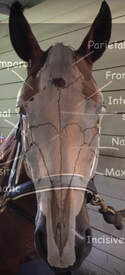 Cranial Anatomy The cranium of the horse is made of flat bones that articulate with each other through joints called sutures. These sutures allow the bones to move slightly leading to a slight expansion and contraction as the cerebral spinal fluid (CSF) is pumped through the cranium. The movement of these bones is the basis for craniosacral therapy. Cranial Bone Misalignments The cranial bones can become "jammed" due to trauma/injury or the process of traveling through the birth canal when the horse is born. When the bones shift and become "stuck" in this position, it will lead to decreased movement of the bones as the CSF is pumped through the cranium. This can ultimately lead to symptoms such as head aches, difficulty concentrating, runny eyes or nose, head shaking and other behaviors. Visually, it can be noted as asymmetry in the face. Re-aligning the Bones The cranial bones can be brought back in to proper alignment using specific craniosacral techniques to release the bones. Chronic misalignments will often take multiple sessions to resolve fully. Most horses will begin to show a decrease in symptoms following the first session. 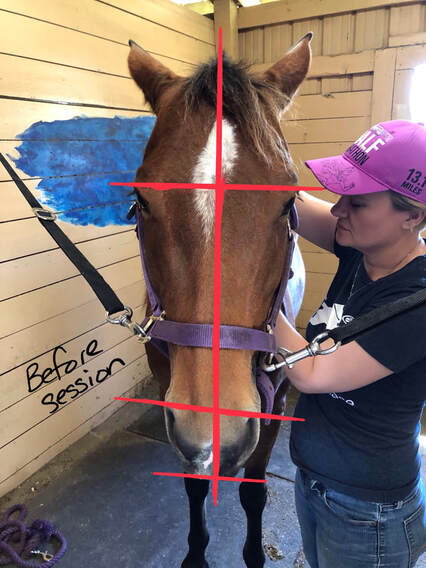 Looking for Asymmetries A good way to check for asymmetries is to take a picture of the horse's head when standing directly in front of them. You can then draw a line vertically from the mid section of the top of their head (by the poll) to the middle of their upper lip/nose. Next draw horizontal lines connecting the top of each eye and the top of each nostril. An additional horizontal line at the bottom of the lips can also be drawn. If the lines are all perpendicular to each other (create 90 degree angles) then the horse's skull is symmetrical. If 90 degree angles are not found, then asymmetry due to shifting of the cranial bones is present. Checking for Changes After releasing the appropriate cranial bones, you should then take another picture of the horse's head and re-draw the lines to determine if improvement has been made. This picture above, which was taken immediately after the first session, shows little improvement. Due to the chronicity of the symptoms and the small improvement, kinesiology tape was applied over the parietal and frontal bones and nasal sutures. The picture below shows the amount of asymmetry present following 24 hours of wearing the tape. Cranial Bone Releases - 2nd Session The kinesiology tape was left on another 24 hours (48 hours total) and then was removed before the second craniosacral session. During the second session, a sacral and tail release was performed before releasing the cranial bones. The picture below shows the results after the cranial bone releases were performed. Note a drastic improvement in the nasal and lip lines. Follow up This horse is experiencing a decrease in symptoms and an improvement in attitude. She will continue with monthly craniosacral sessions at this time to further improve facial symmetry, reduce the reoccurrence of symptoms and improve proper function. Special thanks to Mary Beth Nunes on her assistance in performing the primary CST session! Want to learn more about CST and the cranial bone releases?Acupressure is the manual stimulation of specific acupuncture points. Acupuncture was developed in Ancient China with references to acupuncture procedures dating back to as early as 198 BCE. Traditional acupuncture utilizes thin needles that are applied to specific points to stimulate the energy flow. Acupuncture medicine teaches that all people and animals have energy channels running through their bodies called meridians. The flow through these meridians can become altered due to trauma, stress and environmental factors. Acupressure is a way to influence these meridians without the use of needles. Yes, animals can greatly benefit from acupressure!Acupressure is becoming more common as an animal therapy option for both small and large animals. Animals suffering from arthritis, stiffness, organ dysfunction, allergies, weakened immune systems and other ailments can benefit from acupressure sessions. Remember that acupressure (along with other forms of bodywork) should not replace veterinary medicine and you should always consult with your veterinarian before adding bodywork to your animal's health plan. Case Study from one of Our PractitionersWendy is a 24yo QH/TNWalker who has had issues with her cycle since she was in her teens. More recently, when she cycled, she’d get colic like pain to her flanks and would roll. Owner would call the vet to come out thinking it was colic, and Wendy would pass feces with no issues, and was given banamine. She is so bad with her cycle that she pees on the females in the pasture and would nudge like a male would on a female. -Opened using the Bladder meridian. Once began the process, Wendy immediately started licking and chewing. Did 3x each side. - Association Points - none of the points along the spine triggered a response. Slight response on BL20 BL 21 - Alarm points - she was reactivate CV4 and CV 5 and CV 12 . She would take deeper breaths when these were pushed. Which is interesting considering the CV is the source point we worked on. - Source point - Conception Vessel. She had great responses to these points. She’d breath deep especially on CV 4 5 and 12. She also liked the CV24 point too. - Closed the vessel with the bladder meridian again. She licked and chewed through this process too. I varied the speed as well. Horse appeared brighter and more content after the session. Prior to the session she seemed lazy or mellow. She was willing to do the session and when asked permission, she leaned into my chest with her head. Told Client to let me know if her mood has changed in field and whether her cycle has changed for the better. Will have the owner keep I touch and if need be, would do another session in a week or two. Since Wendy was so open and receptive to the treatment, it would be interesting that she had a blockage of energy that built up over time. A week later I did the same therapy with her to reinforce the release. Wendy had experienced a colic episode, although very slight in comparison to her other episodes. That was why I came out a week later. Since the 2nd session, she was free of any episode and her hormonal imbalances seemed to be in check. Her eratic behavior during her cycle was gone and she was a happier horse with the herd. ~Victoria Whitehead Want to learn more about acupressure?Tallgrass Animal Acupressure Institute in Colorado offers hands on and online courses in acupressure for both small animals and horses. They also sell high quality text books and charts.
There are some Reiki professionals who frown upon distance attunements because they feel as though the Master is not able to transfer their energy efficiently to the student and therefore the student will not be able to adequately perform healing Reiki sessions. There are many different ways that Reiki Masters who teach online courses are performing distance attunements and some of those methods are more effective than others. In this article, I will discuss some of the distance attunements that are currently being performed and which method I feel to be the most effective. Non-specific, pre-filmed or pre-performed attunementsWhen reading negative articles or comments about distance Reiki attunements, this is normally the form of attunement they are referring to. In this scenario, the Reiki Master performs an attunement at the time they put together their online course, CD course or written course and send that attunement out into the universe so that their students can pick up on it when they are ready. Obviously this type of attunement is very non-specific and while I can not say that it is completely un-effective, I do personally believe that it is one of the least effective methods. Non-specific group attunementsDuring these distance attunements, the Reiki Master will normally pick a specific day and time that they perform their attunements every week. For example, it could be every Monday at 6 pm. The students who choose to tune in to the attunements at that time can do so. There is not direct communication between the Master and student. While these are not completely ineffective (many students experience waves of energy and other sensations during the attunement), I personally feel as though this is not the most effective way to perform a distant attunement. Specific, individual, scheduled attunementsThis is the method of distance attunement that I utilize and in my opinion it is the most effective way to perform a Reiki distance attunement. When a student is ready to schedule their attunement, they contact me and we choose a time and day that works for both of us. Immediately before the attunement begins, I contact the student to make sure they are ready and I also contact them immediately following the attunement to let them know it is completed. Similar to performing a Reiki distance healing session, I utilize the distance symbol (Hon Sha Ze Sho Nen) to project my energy to the student. I focus on their name and location to better hone in on them. The student is in a relaxed, meditative state and receptive and open to the energy I am sending. I follow a specific attunement protocol which varies depending on the level of attunement I am performing. I also utilize crystals to enhance the effects of the sessions (the crystals are chosen based on the student I am attuning). This is a very specific process, which in my opinion (which is based on the feedback I receive from students along with my intuition) is the most effective way to perform a distance Reiki attunement. Is there a right way?Some Reiki Masters will say yes, but in my opinion there is not a right or wrong way to perform a Reiki attunement. Every student processes energy differently and will therefore have a different experience. There is not a right or wrong way to experience a Reiki attunement and the effectiveness of an attunement will always be subjective in nature. My personal belief is that if the Master and student both have the same intent, are focused on what they want to accomplish during the attunement and are open and positive, the desired results will happen. What do you think? I'm interested in hearing your thoughts and experiences in the comments below.The Reiki technique was developed in Japan by Mikao Usui. This is a healing energy technique that utilizes life energy force that is transmitted from the practitioners hands. This technique was originally developed for people, but has been used frequently on animals as well. Dr. Angel is a trained Reiki Master she developed an animal healing symbol that she believes helps intensify the Reiki energy when working on animals. Reiki energy can help an animal decrease pain, provide them emotion relief and allow their bodies to naturally heal themselves. While Reiki treatments do not replace veterinary medicine or other forms of animal bodywork, it can be very beneficial in working with all types of animals including those who do not want to be touched or are afraid of human contact.
Those who practice Levels II and III Reiki are able to send Reiki energy over distances, allowing them to work on animals who are not immediately in front of them. In Dr. Angel's online course, she teaches students how to perform Reiki healing on animals and provides them with the necessary attunements so that life energy can begin flowing freely through them. Only those who have undergone Reiki attunements are able to perform Reiki sessions. How Does Our Course Differ From Traditional Reiki Courses? While traditional Reiki courses are focused on human healing, our course is specifically designed for animal healing. The course covers equine, feline and canine behavior and handling, to better help our practitioners read an animal's body language. It also teaches our students an Animal Reiki symbol that enhances the healing energy when working on animals. Those who are human Reiki practitioners can benefit from taking this course as well as those who have never completed a Reiki course. To learn more about Dr. Angel's course, click here. Equine Sports Massage is a form of massage therapy that focuses on equine athletes, allowing them to perform optimally and reduce the chance of injury by maximizing range of motion and decreasing muscular restrictions. Horse athletes are often times asked to perform maneuvers that can cause repetitive stress injuries. Like human athletes, they can benefit from maintenance bodywork as well as recovery treatments. What is the Equine Myo-manipulative Functional Therapy Certification?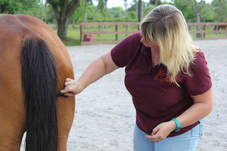 Myo-manipulative Functional Therapy literally means making changes in the muscles to achieve proper function. This is a form of sports massage that rather than just focusing on the massage techniques, it also addresses physical therapies and exercises and can further improve the horse's function and ability to perform at an optimal level. Practitioners who complete our certification course receive the prestigious title of Equine Myo-manipulative Functional Therapist (EMFT). Benefits of Becoming Certified as an EMFTWether you are looking to start a career as an Equine Massage Therapist or are already certified and are looking to add additional credentials to your name, this course is for you. In this 100 hour course, you will learn multiple massage techniques including Swedish, Shiatsu, Myo-fascial Release, Gua Sha and more. You will also learn in depth examinations, physical therapies, saddle evaluation, how to run an Equine Massage business, how to interact with veterinarians and much more.
So, you have already found out your state's laws, completed a certification course and now you're ready to start making some money doing what you love...massaging horses! The only problem is no one knows you exist and the phone isn't ringing. Here are some tips to help you start bringing in new clients. Tip #1:Create your brand. Create a unique logo and company name so people can recognize it. Your brand should clearly show what it is that you do. Once you find the perfect logo, you need to get it out there so people will see it! Make shirts, hats, decals for your vehicle, pens to hand out at barns and put your logo on all your paperwork. Tip #2: Build a website. Creating a high quality website has never been easier. With host sites like Weebly that allow you to easily build and edit your own website, there is no reason why an equine bodyworker shouldn't have a website. Be sure to include information about conditions that can benefit from your services, information about yourself and your credentials, testimonials, any specials you are currently offering and tons of high quality photographs! Click here for $10 off a new Weebly account. Tip #3: Create Social Media Accounts. Social medias such as FaceBook, Twitter and Instagram are great places to build up followers who could potentially become clients. It is also a create place to keep in contact with your current clients by posting blogs, testimonials, specials and pictures of you working. It is now easy to run advertisements through these medias where you can choose your audience by location, interests, gender, age and more! Tip #4: Pass out flyers and business cards. Flyers and business cards are a great way to advertise at barns, feed stores, tack stores and other equestrian venues. When creating a flyer, make sure to keep it short and concise. Focus on what you can do for their horse and also what your credentials are. A high quality photograph of you working on a horse should be included. When creating business cards be sure to include your contact info and website along with any social media sites. Always list your certification number on your card and state that you work through veterinary affiliation or referral if it is required in your state. Don't forget to add your logo! Tip #5: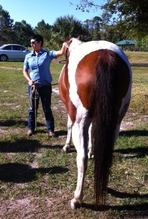 Do demonstrations. Demonstrations are a great way for you to show people what you can do and also educate them on the benefits of equine massage. You could either do a general massage demo explaining what you are doing as you work or you could do a specific demonstration focusing on a specific condition (like TMJD) or technique (kinesiology taping demo, myofascial release demo, etc). Pass out flyers and cards during the demo and consider offering discounted sessions to those who book an appointment immediately following the demo. Tip #6: Set up meetings/lunches with local veterinarians, trainers, dentists, farriers, etc. Setting up a lunch can be as simple as bringing sandwiches to an office during lunch and explaining the services you offer while they eat (if you plan one for a veterinary office make sure to include the staff!). Be sure to make it short and concise and leave them cards and referral pads to make it as easy as possible for them to refer to you. When interacting with veterinarians remember that their time is limited. Your personal veterinarian, farrier, equine dentist, chiropractor (and whoever else you use for your horses) are the best people to start with. Tip #7: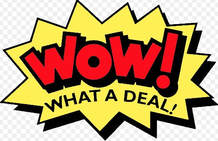 Offer package deals and first time discounts. Discounts can be a good way to persuade horse owners to try you. Once they see what you can do they are likely going to refer you to their friends, so provide them with business referral cards. With each card that they pass out, their friend will receive a discount on their horse's first session and they will also receive a credit on future appointments. This is a great way to motivate your clients to help advertise your services. Be sure not to discount your services too much though because then people will devalue them. Make sure they know what you are worth! Tip #8: Create an email list and send out monthly newsletters. Start to build your email list by adding client's emails to it. You can also have allow people who visit your website (potential clients) to join your newsletter list. This is a great opportunity to share blogs about the techniques you provide, case studies, new techniques you have added to your practice and testimonials. You can also add seasonal tips such as blanketing in the winter, keeping your horse cool in the summer, horse treat recipes, etc. Tip #9: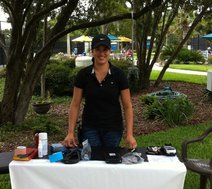 Offer your services at local horse shows and events. There are always a lot of horses at shows, clinics and organized trail rides. Set up a table at these events so that you can pass out flyers and cards to potential future clients and also offer your services during the event to those who would like to have their horse worked at while they are there. This is a great way to meet a lot of horse people in one day! Tip #10: Send follow up letters. A follow up letter is a great way to thank a new client for using you and also serves as a way to let them know about additional services you offer that they may not be aware of. You can also include referral cards and explain your referral program in your follow up letter. If a horse was referred to you by a veterinarian or other equine professional always send them a follow up letter as well thanking them for the referral and sharing your findings and treatment plan (make sure to get the owner's permission before sharing these details). I hope these suggestions help you! Most importantly remember to have fun doing what you love.....massaging horses!
Interested in learning more about becoming a certified equine massage therapist?
Whole body vibration therapy (WBVT) has been utilized and researched in humans since the late 1800’s. Astronauts have been using vibrating platforms since the 60’s to decrease muscle atrophy and bone density loss in space. This therapy has recently become popular in physical therapy settings to help patients increase bone density without the use of drugs and improve neuro-muscular response in patients with injuries. I first became familiar with WBVT as a human chiropractic student. I witnessed first hand the benefits of WBVT and continued to utilize it and recommend it to patients after I graduated and went into a private practice. Before attending chiropractic school, I earned a couple veterinary degrees (BS Veterinary Science and MS Veterinary Pathobiology), so like other therapies I learned in chiropractic school, I began wondering if WBVT could also be applied to animals. I later found out about EquiVibe and was pleasantly surprised to find out that horses could in fact benefit from this therapy just as much as humans. As an equine chiropractor, EquiVibe allows me to provide my client’s horses with an additional modality, allowing me to increase the overall benefit of a bodywork session. These platforms are portable, which allows the practitioner to easily bring them from barn to barn. As an equine bodywork instructor, I highly recommend that my students incorporate WBVT into their practices. This additional modality can speed up healing and recovery and is especially useful for horses on stall rest. Since every horse responds differently to various types of treatments, I highly recommend that my students have several modalities available so that they are able to find the best therapies for each particular horse. WBVT is always one of those modalities in the highly successful equine bodywork practices and I highly recommend incorporating it into yours! What to purchase one? Use the coupon code angelsanimals for 5% off your EquiVibe!Equivibe offers 0% financing with no credit checks or hassle. Contact [email protected] and don't forget to mention your angelsanimals coupon code to get 5% off!
All horses will experience some degree of pain in their lifetime. While some horses tend to be stoic and work through the pain without giving many indications, other horses are more expressive when any kind of discomfort is present. Are you able to tell if your horse is in pain?...and if so, what do you do about it? Pain in a horse can be caused by many different issues. The most common causes are ill fitting saddles, soreness from use/exercise, unbalanced rider, injury or hoof ailment. Common signs that pain is present include:
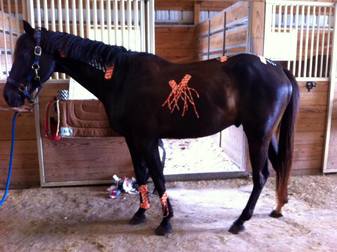 Now that you have learned how to recognize signs of pain in your horse, you are probably wondering what you can do help decrease pain in your horse. You should always contact your veterinarian when pain is present to rule out any serious conditions. If the pain is found to be musculoskeletal in nature, there are many soft tissue techniques available to help alleviate your horse’s pain. Kinesiology tape is an athletic tape that was originally developed for humans but has recently become very popular with horses. This revolutionary tape can naturally decrease a horse’s pain sensation by blocking the pain receptors. The great thing about this tape is that, unlike other athletic tapes, it does not restrict the horse’s normal range of motion and it also promotes healing! Equine massage is another great way to reduce any soft tissue pain. There are numerous massage techniques available for use on horses to treat specific issues. Horses tend to respond extremely well to massage and other forms of bodywork.
As a horse owner, you can learn how to use these techniques to alleviate your horse’s pain by taking a comprehensive online course. Angel’s Animals Holistic Courses offer online Equine Kinesiology Taping and Equine Massage Courses. These courses are easy to follow and take you step by step to teach you how to properly apply the techniques. They also offer certification courses for professionals or those who would like to pursue a career in the equine therapy industry.
The majority of horses experience some form of back pain and often times this pain is due to an ill fitting saddle. Horse back conformation can vary significantly amongst horses making it difficult to find a saddle that fits one particular horse perfectly. Signs that your saddle may be causing your horse pain and impending movement are ears pinned back when saddling or riding, inability to collect properly under saddle, lack of forward motion under saddle, dry spots when you remove your saddle pad (your horse should sweat uniformly under the saddle pad if the saddle and pad fit correctly), development of sores, tender spots and white hairs under the saddle.
Obviously if your saddle does not fit your horse, the best solution is to find a saddle that does and I recommend consulting with a certified saddle fitter to find the best saddle for you horse. However, if your saddle is a good match for your horse and your horse is still experiencing pain, here is a solution to your problem!
The Shoulder Relief Girth and Cinch
These girths and cinches actually change the position and angle of the billets to prevent the saddle from interfering with the shoulder, which decreases pain and frees up movement.
Learn More About the Shoulder Relief Western CinchLearn More About the Shoulder Relief English GirthMy Personal Experience:
"I purchased a horse about 6 months ago who came to me with back issues due to having to work in ill fitting saddles his whole life. "Rio" has large white spots on either side of his back from the saddle cutting off circulation and impinging the nerves. I wanted to make sure that I didn't make the situation worse, so I went on the hunt to find a saddle that fits him correctly. I was able to find a saddle that fits him well, but due to his large shoulders, I was still having trouble getting him to move freely under saddle. Finally I found the shoulder relief cinch! This cinch allows his large shoulders the room they need to move while under saddle and I am happy to report that he has been pain free ever since! I loved this cinch so much, that I purchased a second one for my other horse. I wouldn't ride with any other cinch now!" ~ Dr. Angelique Barbara
Whole body vibration therapy has been utilized and researched in humans since the late 1800's. Astronauts have been using vibrating platforms since the 60's to decrease muscle atrophy and bone density loss in space. This therapy has recently become popular in physical therapy settings to help patients increase bone density without the use of the drugs and improve neuro-muscular response in patients with injuries. This therapy is now available for horses through EquiVibe! These platforms can be placed in an equine rehab center or brought to barns you are working at (they are portable!) to provide horses in your care with an additional therapeutic service. What are the Benefits?
There are protocols available for the following conditions: abscess, arthritsi, joint stiffnesss, soreness, bone density, bowed tendon, bucked shins, cellulitis, check ligament injuries, colic, bushings, EMP, equine bleeders, fetlock, sesamoid and pastern injuries, hip injuries, hocks, hoof issues including navicular disease, bruised feet, heel pain, thin soles, hoof growth, underrun heels, pedal osteitis, knee injuries, laminitis, muscle atrophy, navicular region pain, deep digital tendon injury, post performance, nervous, hard to manage, pre performance, scar tissue, adhesions, shoulder joint injury, sore backs and overall muscle soreness, splints, stifle joint injuries, suspensory ligament injuries, travel stress and wound healing What to purchase one? Use the coupon code angelsanimals for 5% off your EquiVibe!Equivibe offers 0% financing with no credit checks or hassle. Contact [email protected] and don't forget to mention your angelsanimals coupon code to get 5% off! Learn more about whole body vibration therapy and other therapies in our Equine Myo-manipulative Functional Therapy Course!The likely answer is "YES"! The majority of horses can benefit from massage therapy, especially if they are routinely ridden or used for driving. Mares and stallions who are being used for breeding can also greatly benefit from soft tissue work. What is Equine Massage?Equine massage is the use of hands, arms, elbows and/or tools to rub and knead the muscles of the horse's body to decrease tension and/or pain. Equine massage utilizes modified human massage techniques on horses to help them perform better and decrease pain associated with training, an ill fitting saddle, an unbalanced rider or injury. Benefits of Massage Therapy
Signs that a Horse Needs a Massage:
If your horse is experiencing any of the above symptoms, they can likely benefit from equine massage therapy. It is important when providing your horse with massage therapy to either gain proper training before applying the techniques or hiring a certified equine massage therapist. There are times when massage therapy can make a condition worse, so all contraindications will need to be ruled out before massage therapy is performed. Also, remember that massage therapy is not a substitute for veterinary care and you should also consult with your veterinarian before trying a new therapy with your horse!
Kinesiology tape is gaining popularity in both the human and equine world. As more people are becoming exposed to it, horse owners are beginning to wonder if this tape can help their horse. One of the more common questions I am asked from a horse owner is "Why would I want to tape my horse?". My answer is that there are MANY reasons why you would want to use kinesiology tape on your horse. I have listed some of those answers below
While there are MANY reasons your horse can benefit from kinesiology tape, it is also important to receive proper training before applying tape to your horse. There are specific ways of cutting and applying the tape to achieve the appropriate goals. There are also some circumstances when kinesiology tape can make a situation worse, so it is important to be familiar with these before taping your horse! Be sure to receive proper training or seek guidance from a trained practitioner. Learn How to Tape Your Horse with Our OnLine Course!Non-certification course available for horse owners. Certification Course available for equine professionals. Equine Kinesiology Taping On-Line Certification Course
$400.00
You are registering for the Angel's Animals Online Equine Kinesiology Taping Course. THIS IS A CERTIFICATION COURSE FOR EQUINE PROFESSIONALS!
*Be sure to check your state laws before practicing animal massage or bodywork! *This registration fee does not include a $25 certification processing fee that is due when you submit your case studies. Equine Kinesiology Taping On-Line NON-Certification Course
$300.00
You are registering for the Angel's Animals Online Equine Kinesiology Taping Course. This course was developed to teach horse owners how to apply kinesiology tape to their horses to decrease inflammation, support muscles and joints, improve function and more!
THIS IS NOT A CERTIFICATION COURSE! Is Your Horse In Pain?The likely answer is YES. Most horses will experience some degree of neck, back or hip (SI joint) pain during their lives and a surprising number of horses suffer from some form of chronic pain. Pain can be caused by intense training, ill fitting saddles and tack, imbalanced or inexperienced riders or injury (injury can occur in the stall, turnout or while riding). If the pain is not addressed, it can lead to long lasting postural and gait abnormalities causing chronic pain for the horse. How do you know if your horse is in pain?
What Can You Do?To help your horse achieve optimal wellness, it is important to have a team of reliable equine health care providers including a veterinarian, certified equine chiropractor, dentist, massage therapist and saddle fitter. To personally help your horse in between visits, you can provide your horse with massage, stretches and kinesiology tape. Equine Massage
Stretches
Kinesiology Tape
Providing your horse with routine bodywork can ensure that he or she is able to live a happy and pain free life for many years to come! Courses for ProfessionalsWe also offer courses for Equine Professionals including certifications in Massage Therapy, Craniosacral Therapy and Body Alignment. Visit our website for more details!
|
AuthorDr. Angelique Barbara is the founder of Angel's Animals LLC, a company that has developed online animal bodywork courses for both owners and professionals. Dr. Barbara's unique teaching style along with the dynamic layout of the courses allows people of different educational backgrounds from all over the world to benefit from her knowledge. Archives
May 2024
Categories
All
|

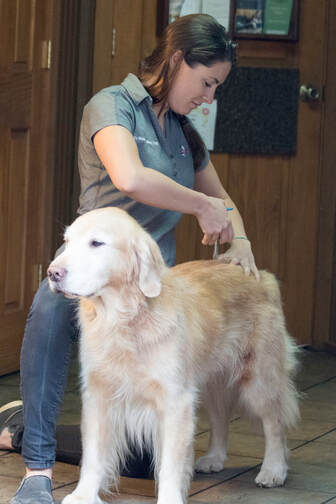
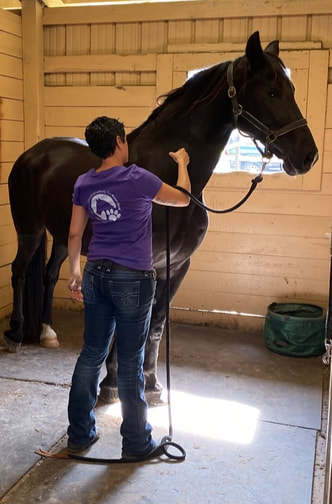
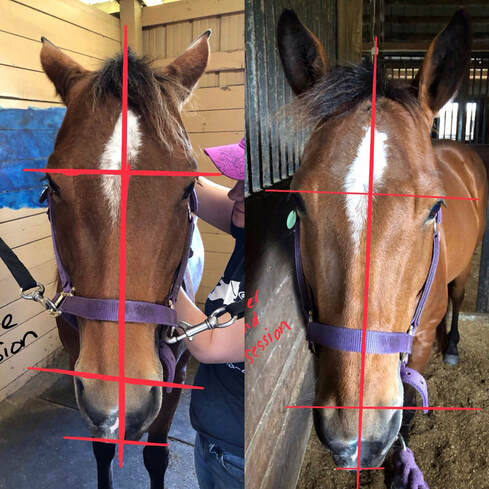
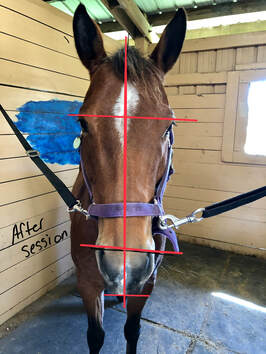
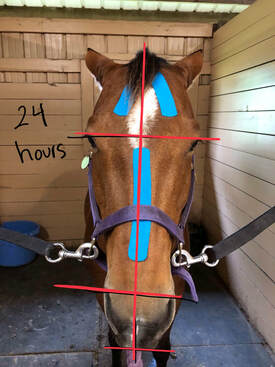
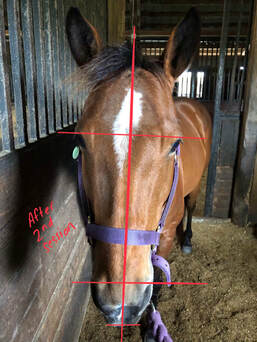
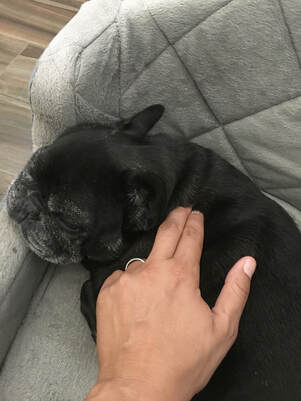

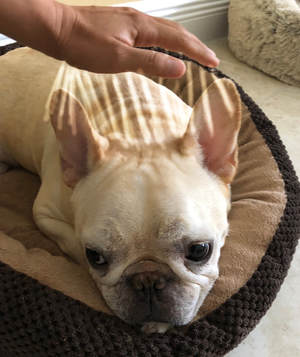
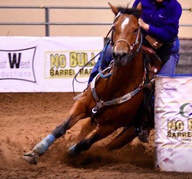
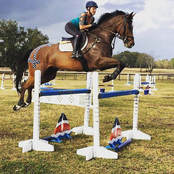
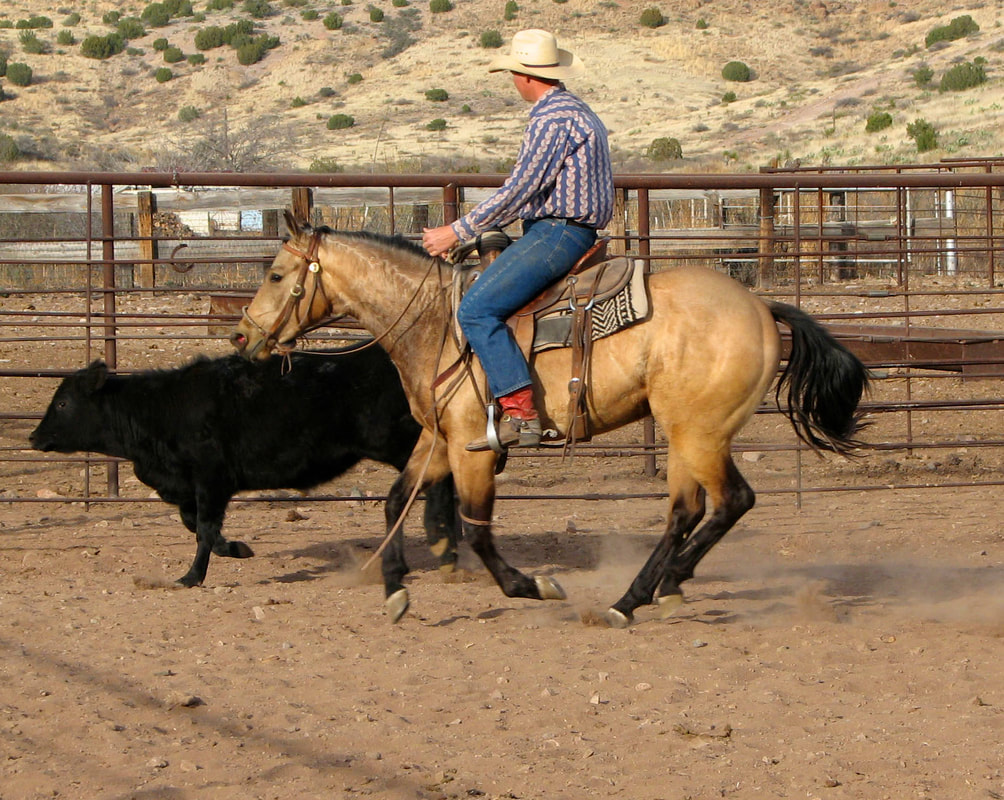
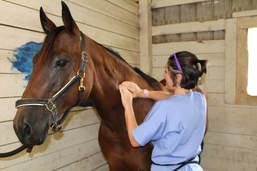
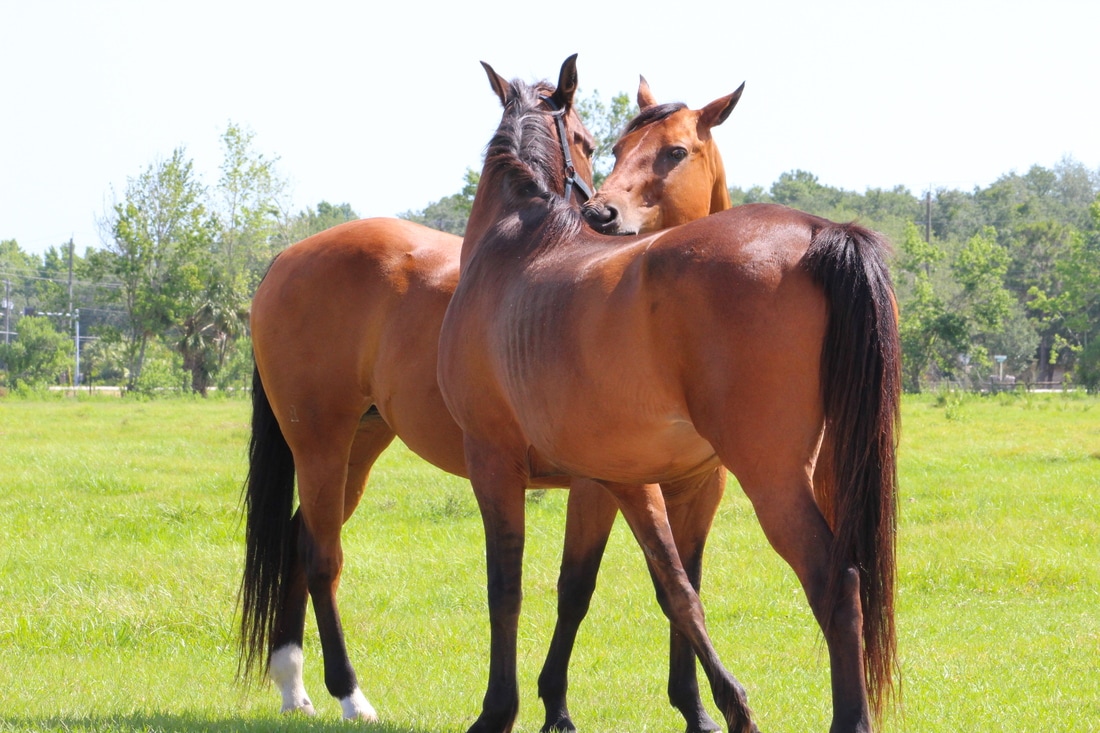
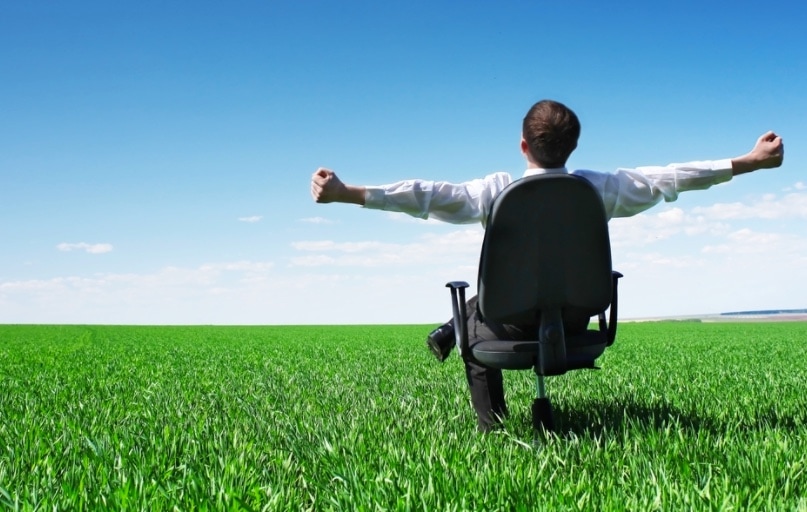


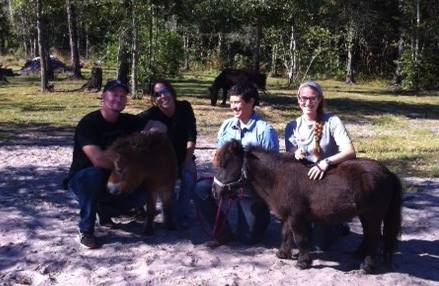
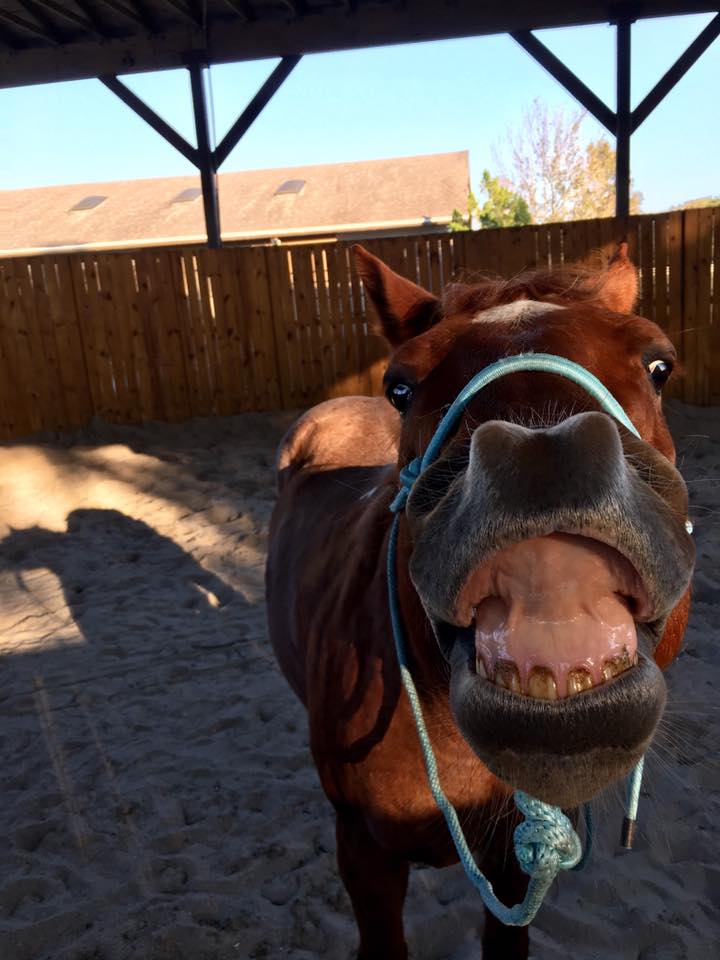
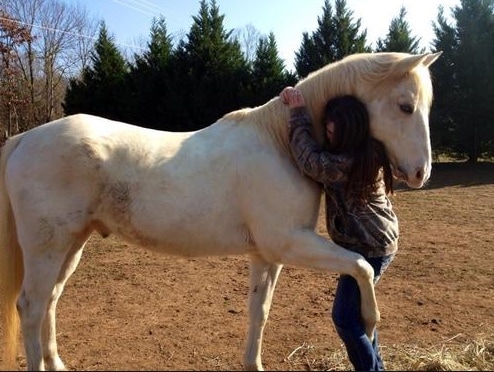
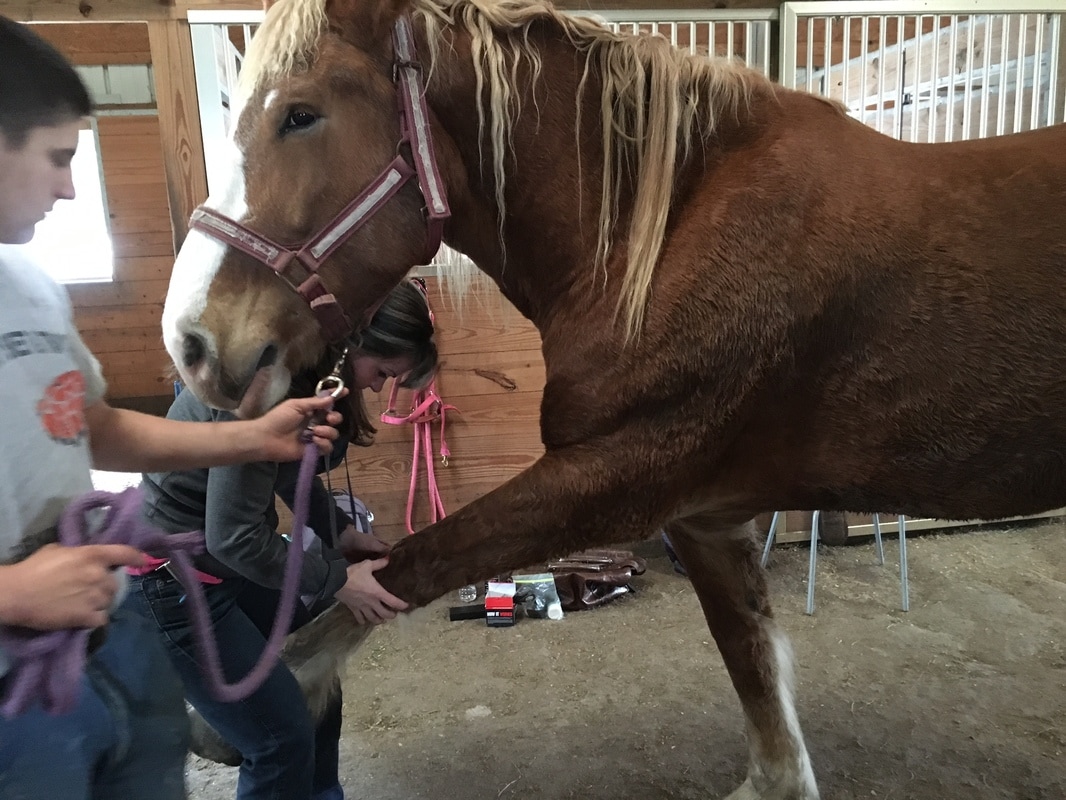

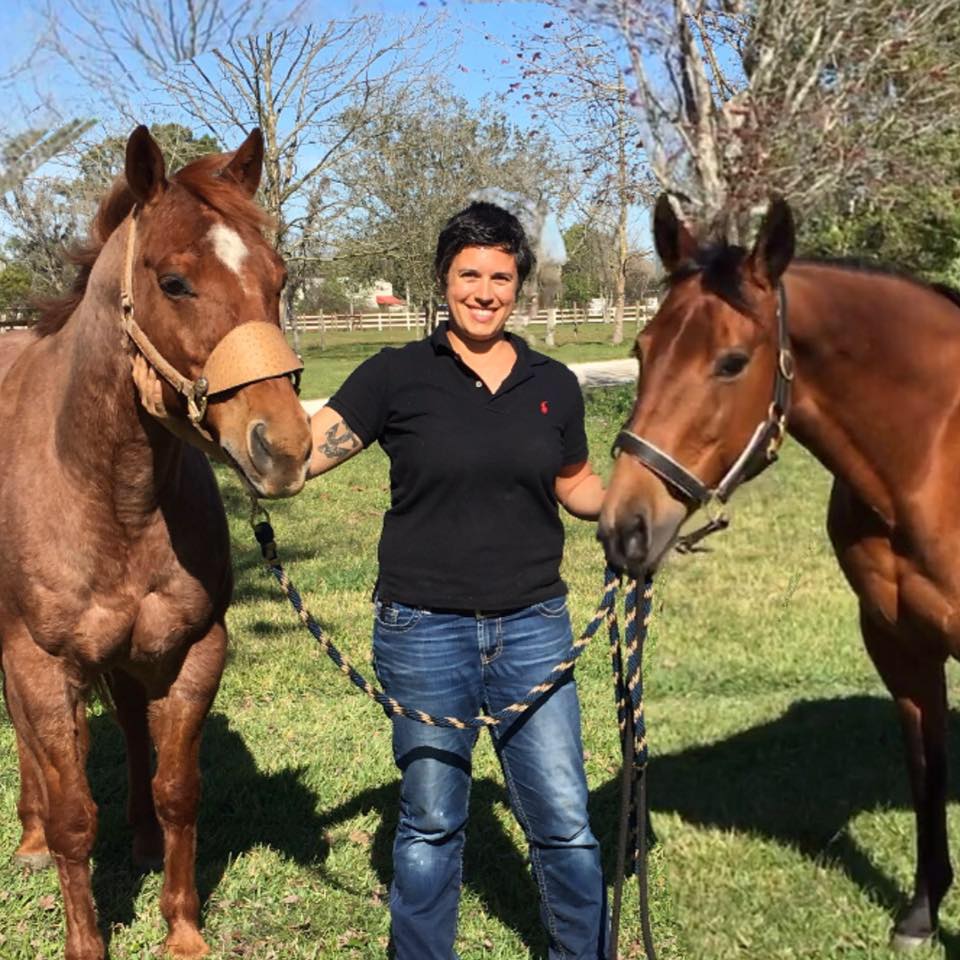
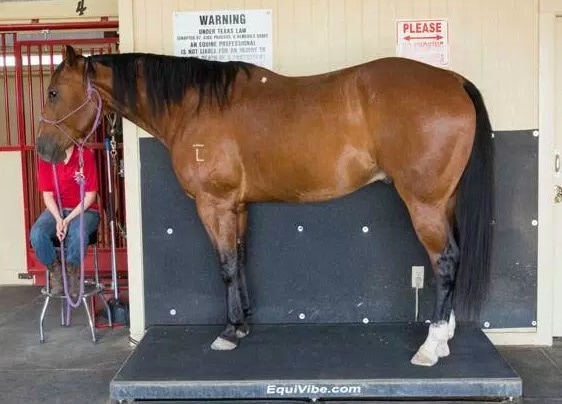
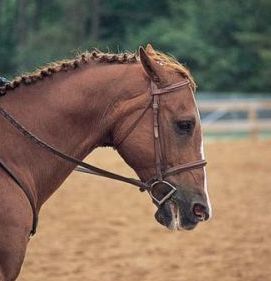
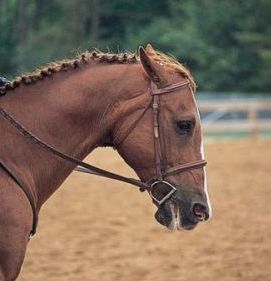
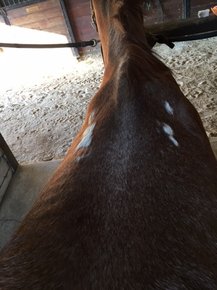


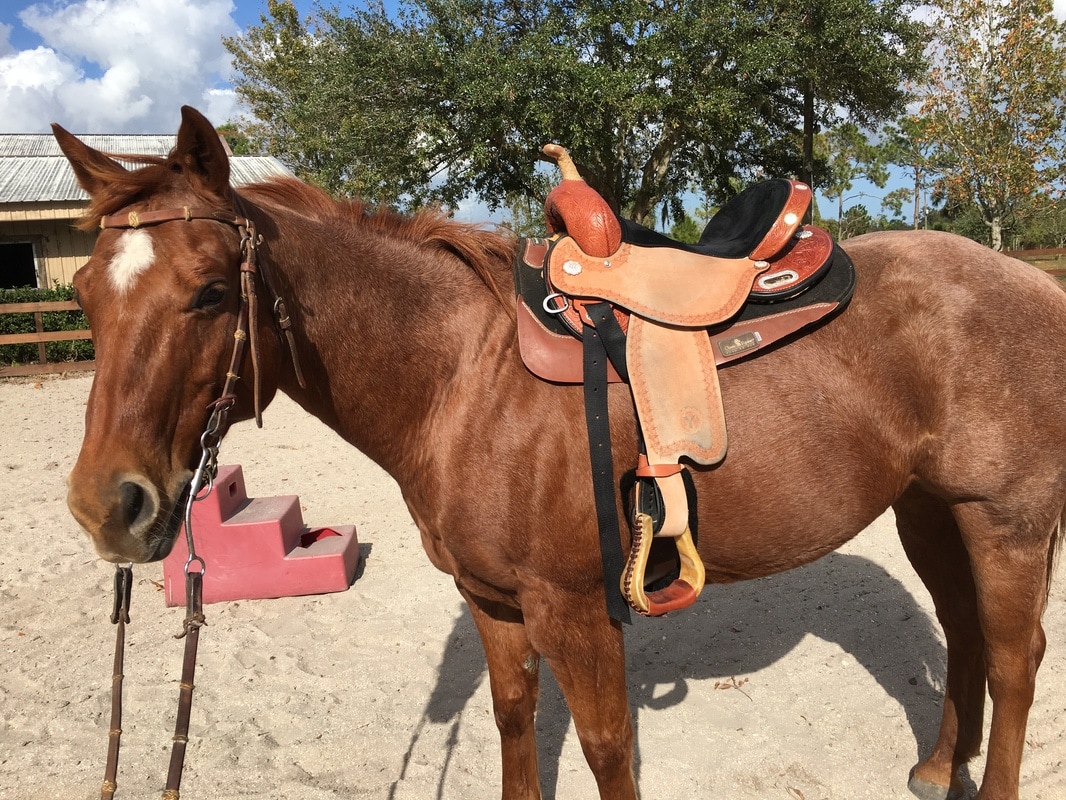
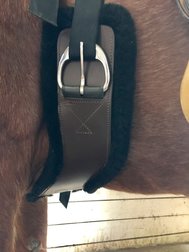
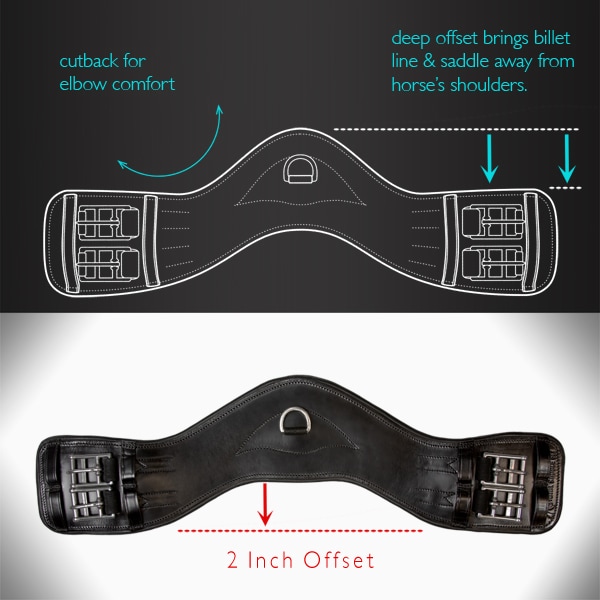
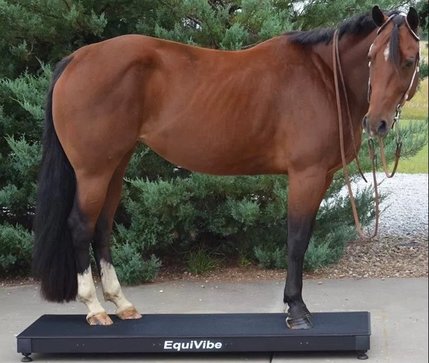
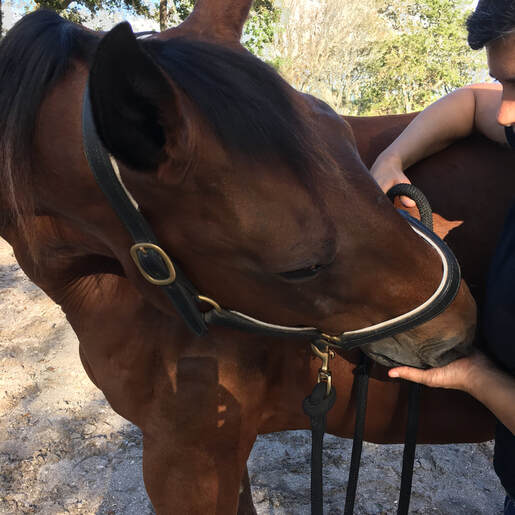
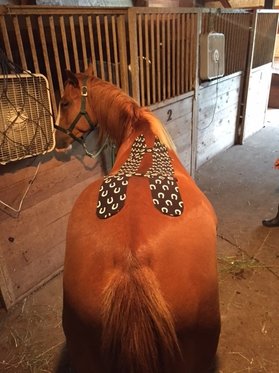
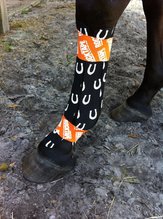
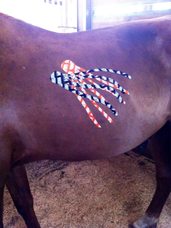
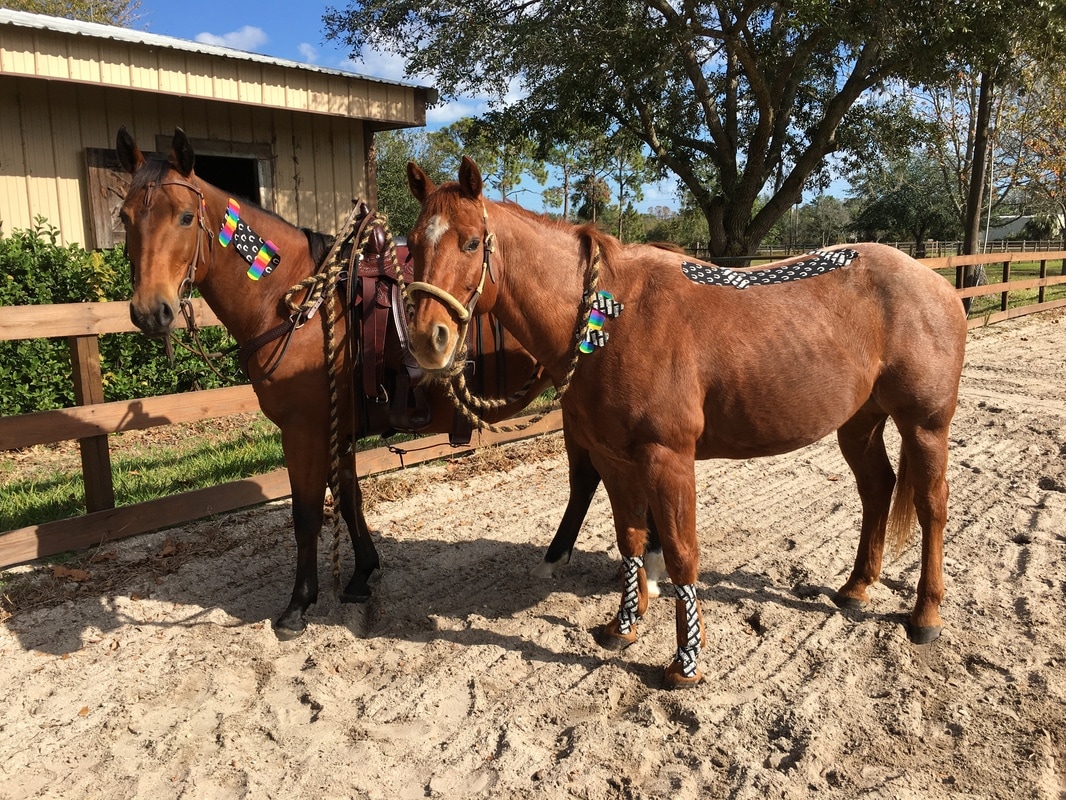
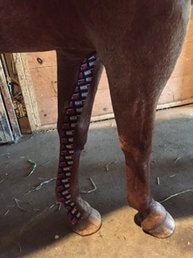
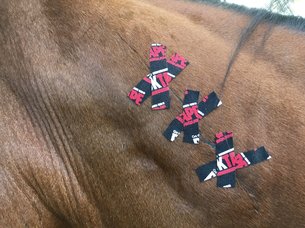
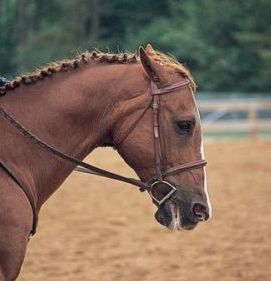

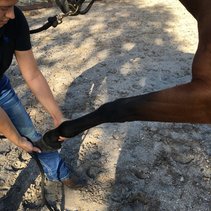
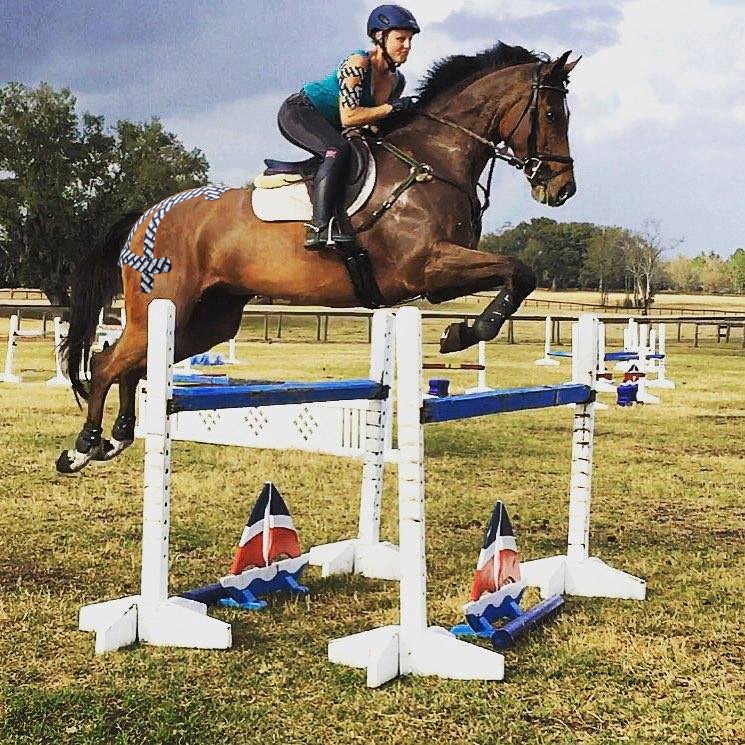
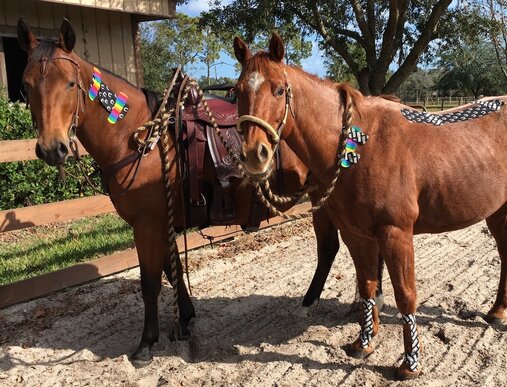
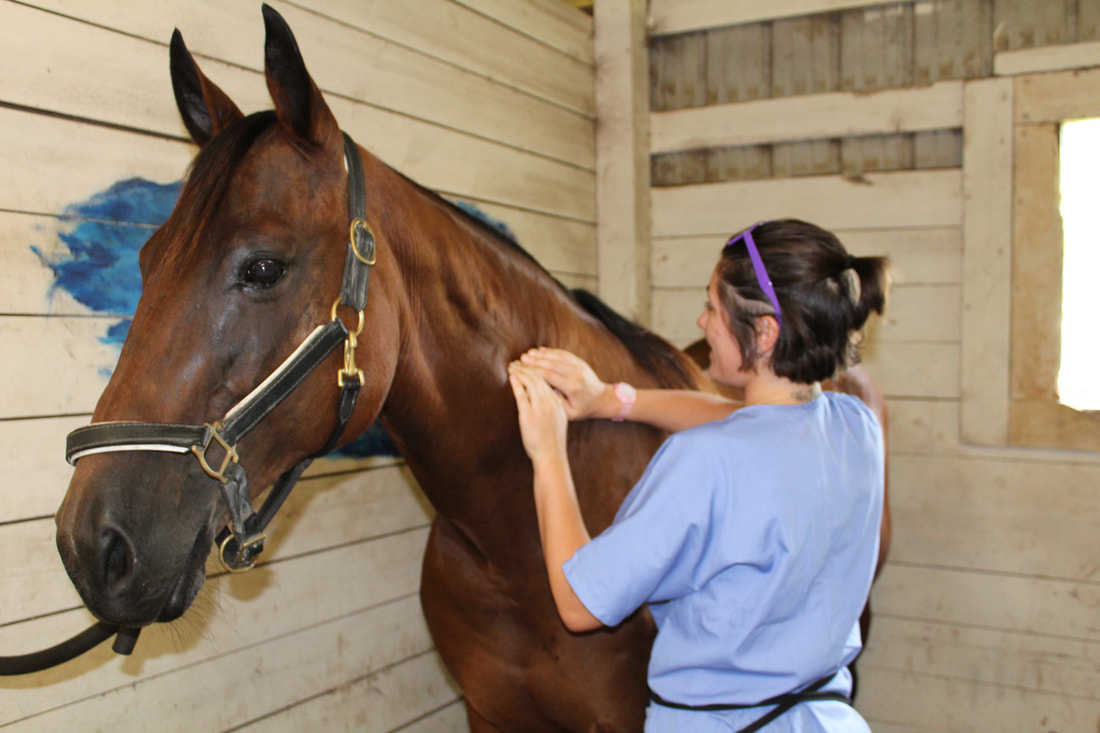
 RSS Feed
RSS Feed